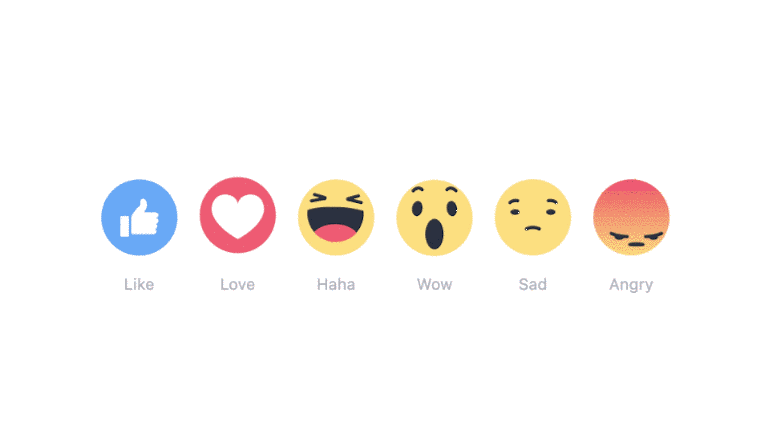So many of our readers have expressed frustration over not wanting to hit the “like” button under stories that make them angry. Stories about Beyonce and how the NFL gave her the halftime show to promote Obama’s race war, or Muslim men taking 8 year old brides, or horrific stories about the invasion and takeover of Europe by rapefugees don’t exactly inspire a reader to hit the “like” button! Even though the reader may want to show support for the page who is sharing the truth about what’s really happening, it goes against every fiber of their being to hit the “like” button. So many times, the reader just ignores the option altogether. Many times, Facebook administrators gauge the interest of their readers by measuring the level of interaction with a post. We actually applaud Facebook for giving readers an option to express their true feelings after reading a story that evokes an emotion that is stronger than “like” or is the opposite of “like.” Facebook does many things to frustrate us, but this time, we think they really got it right!
A big THUMBS UP to Facebook from 100 Percent FED Up!

It’s not a dislike button, but heck, it’s pretty darn close.
Today, Facebook is rolling out a set of like button alternatives, called “reactions,” that let you react to posts on its platform via a number of different expressions.
The reactions are Facebook’s answer to requests for a “dislike” button. Many of the company’s users asked for that button so they could engage with friends’ posts when a comment or a like didn’t make sense — take a post about a death, for instance — and Mark Zuckerberg eventually came through.

The like will remain, but now you can “Love,” “Haha,” “Wow,” “Sad,” and “Angry” posts too. Facebook is rolling these reactions out globally today.
FROM FACEBOOK FOUNDER, MARK ZUCKERBERG:
Our community has been asking for a dislike button for years, but not because people want to tell friends they don’t like their posts. People wanted to express empathy and make it comfortable to share a wider range of emotions.
I’ve spent a lot of time thinking about the right way to do this with our team.
One of my goals was to make it as simple as pressing and holding the Like button. The result is Reactions, which allow you to express love, laughter, surprise, sadness or anger.
In tests, Facebook tried a “Yay” and “Confused” too, but those two didn’t make the cut.
This is just the beginning,” Facebook engineering director Tom Alison told BuzzFeed News. “The team is still going to be looking at how people are using this. We’re going to be learning a lot. We’re going to be iterating on this.”
Facebook users picked “Love” more than any other reaction during the product’s test phase. But Alison said that global events may cause shifts in the buttons’ use. “You’re going to see it change dynamically in response to things that are going on.”
Via: Buzzfeed







